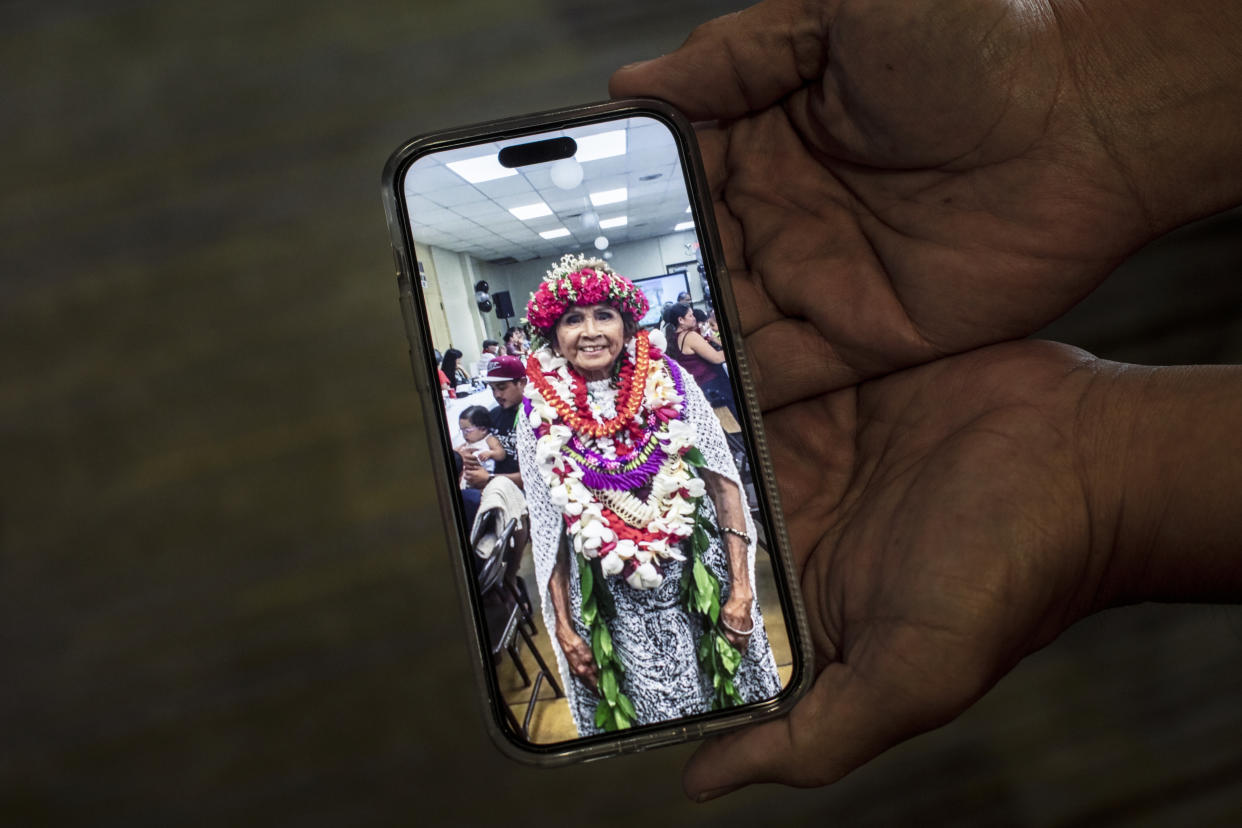Sat, August 19, 2023
Editor’s Note: Carrie Sheffield is a senior policy analyst at Independent Women’s Voice and theTony Blankley Fellow for Public Policy and American Exceptionalism at The Steamboat Institute. The views expressed here are solely hers. View more opinion articles on CNN.

Carrie Sheffield - Peter Cooper
It is also entirely counterproductive for those who claim to support traditional values and religious liberty. Ramaswamy is steadily climbing in Republican primary voter support, closing in on Florida Gov. Ron DeSantis in some polls and neck-in-neck with him in the betting markets. He is also one of the candidates best positioned to further major conservative Christian agenda items.
Conservatives claim to embrace originalist jurisprudence that holds faithfully to the letter of the Constitution and the Founders’ intent. Yet those who criticize Ramaswamy because of his religion are undermining this core American document, which clearly states: “no religious Test shall ever be required as a Qualification to any Office or public Trust under the United States.”
Yet it’s clear that Ramaswamy is facing headwinds because of his faith.
Prominent pro-life activist Abby Johnson declared earlier this month on Flashpoint, a conservative television program, that “Our God will not be mocked” by having Christians support what she described as a candidate who believes in “many gods.” And even though Ramaswamy is charismatic and says “the right things,” she said, he is not “the right guy” for the White House because he’s Hindu.
Meanwhile, Hank Kunneman, pastor of the nondenominational Lord of Hosts Church in Omaha, Nebraska, attacked Ramaswamy in a recent sermon by saying that, as president, he would be “some dude put his hand on something other than the Bible” who would “put all of his strange gods up in the White House.”
Prominent conservative commentator Glenn Beck of The Blaze recently asked the candidate about GOP voters wary of his Hinduism, and I have personally spoken with multiple Christians who said it might deter their vote. They argue he would fail to acknowledge the true God’s authority. They also told me they fear Hinduism could rise in popularity and gain new converts at the expense of Christianity — a fear that is likely misplaced.
Ironically, some conservatives who are wary of Ramaswamy’s Hindu faith have ignored former President Donald Trump’s ecumenical governance. For example, the 2020 White House National Day of Prayer Service interfaith event featured a Hindu clergyman offering a prayer for peace alongside various Christian prayers from Catholic and Protestant leaders. Trump himself takes a friendly posture toward Ramaswamy without criticizing Hinduism.
As a Christian, I don’t share Ramaswamy’s theology; however, he’s not running for “pastor-in-chief.” And as commander in chief, he’d provide strong leadership for economic and cultural renewal.
For starters, Ramaswamy offers a compelling response to liberal critics who smear us as “Christian nationalists” for supporting traditional values. “I’m an ardent defender of religious liberty,” Ramaswamy told the Associated Press. “I will be an even more vocal and unapologetic defender of it precisely because no one is going to accuse me of being a Christian nationalist.”
And Ramaswamy not only recognizes but honors America’s biblical underpinnings. “We are a nation founded on Judeo-Christian values,” Ramaswamy said Monday night during a town hall hosted by NewsNation. “Here’s what I can say with confidence: I share those same values. I believe I live by those values more so than many self-proclaimed Christian politicians.”
He’s correct. Knowledge of the context of the United States’ founding becomes meaningless when a candidate isn’t willing to continue that legacy. Ramaswamy, however, cherishes the Judeo-Christian value system. The same can’t be said for all of his competitors.
President Joe Biden frequently talks about his Catholicism, for instance, though his support for allowing women to choose to have abortions is in direct opposition to his church’s theology. Ramaswamy has said he rejects Biden’s approach and is “unapologetically pro-life”, supporting expanded adoption and greater paternal responsibility from men. Like the Bible’s Good Samaritan, who was theologically disdained but honoring God through his actions, Ramaswamy actually puts Judeo-Christian values in practice.
According to the Pew Research Center, 53% of conservative Republicans say being Christian is an important part of being truly American. And 61% of Republicans support declaring the United States a Christian nation. I disagree, even though I’d love to see more growth in American Christianity. America was started in part because of bloody religious persecution in Europe, and our Founders wanted respite from state-mandated religions. Not to mention that Jesus commanded us to “render therefore unto Caesar the things which are Caesar’s; and unto God the things that are God’s,” making a clear division between church and state.
That’s not to say faith and religion aren’t compatible with politics. Indeed, they are perfect complements. “Of all the dispositions and habits which lead to political prosperity,” George Washington wrote in his Farewell Address, “religion and morality are indispensable supports.”
America is currently a majority-Christian nation at 63%, but as more and more people leave Christianity and secularism rises, Jesus’ Golden Rule tells Christians they shouldn’t discriminate against non-Christians if they don’t want the same. As our numbers decrease, we need allies more than ever.
To my fellow Christians: Is your faith and salvation so weak that you think it’s diminished by supporting a non-Christian seeking secular office? Jesus’ Great Commission, his final instructions before ascending into heaven, didn’t include tearing down a Hindu political candidate. Instead, they offered a much higher calling: to spread the Gospel to every nation.
Rather than attacking a Hindu politician who will protect Judeo-Christian values, Christian conservatives would better spend their time helping the faith grow. Right now, they are only overseeing its continued decline among the American people.





















